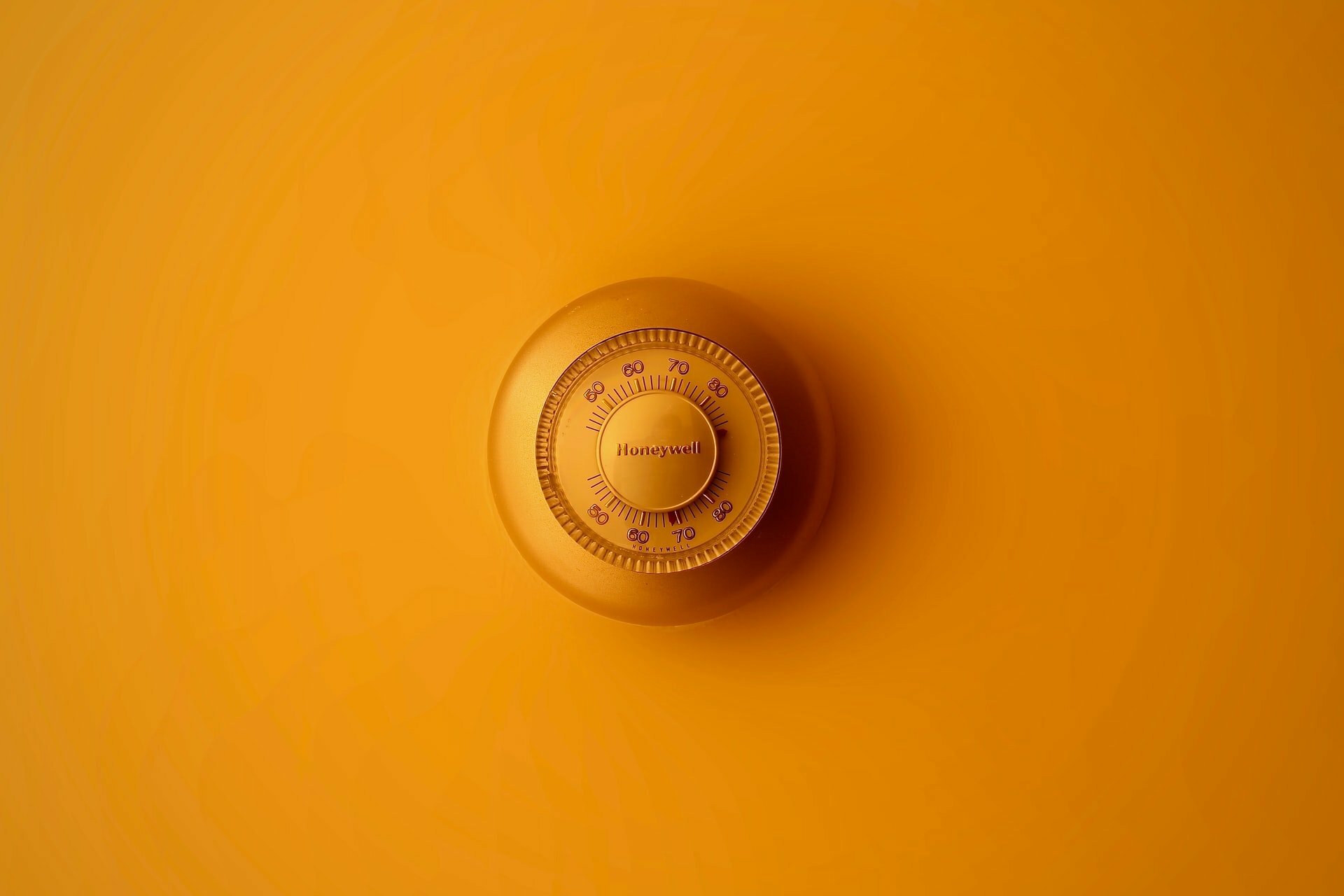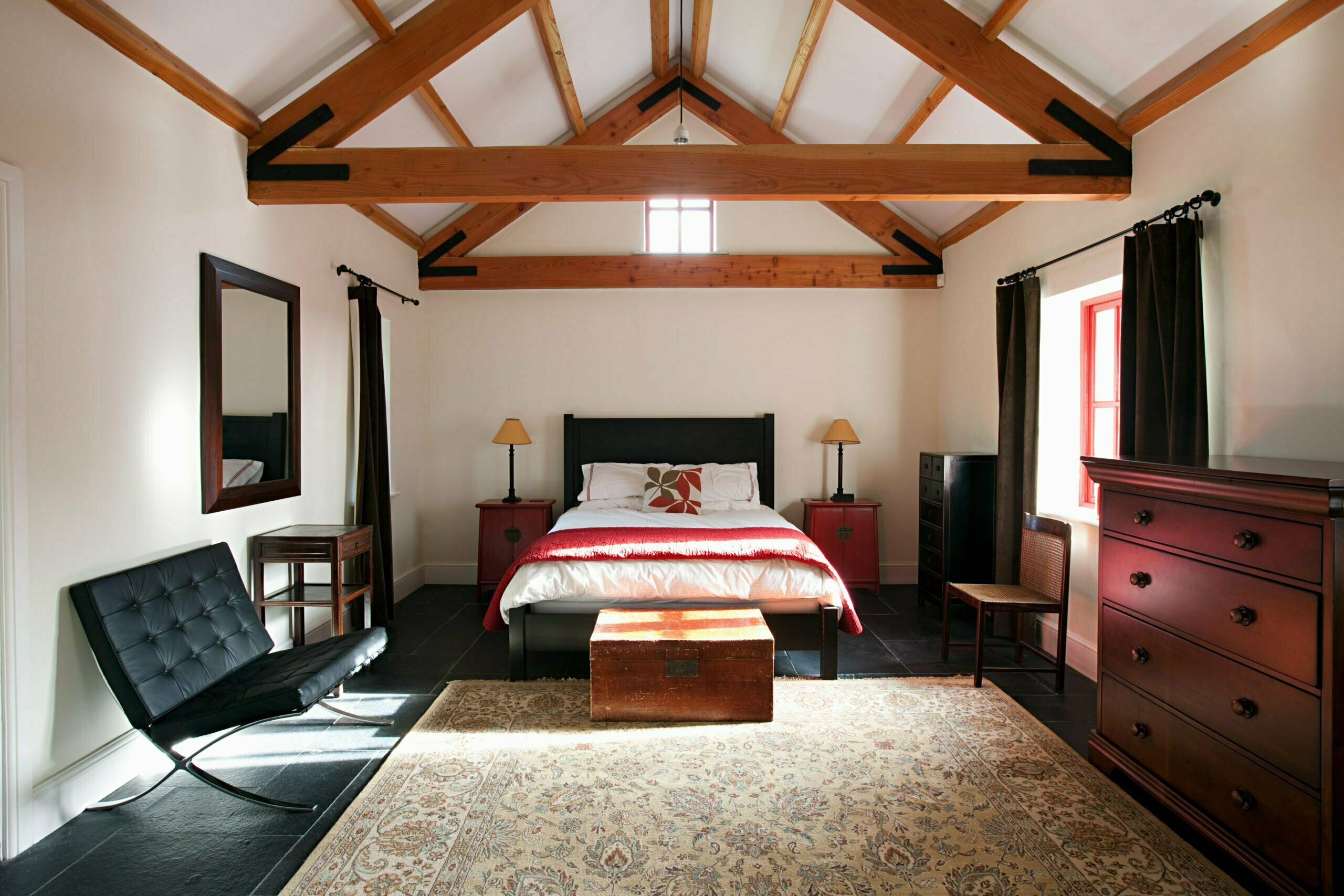You may not think about it, but your home’s thermostat is actually a critical appliance. Whether you’re turning on the heat in December or ready to crank up the air conditioner in a July heatwave, you turn to your thermostat more often than you think. These appliances have come a long way, and there is now a litany of options for every homeowner. Here are just a few things to consider when trying to find the right thermostat for your household.
Location, Location, Location
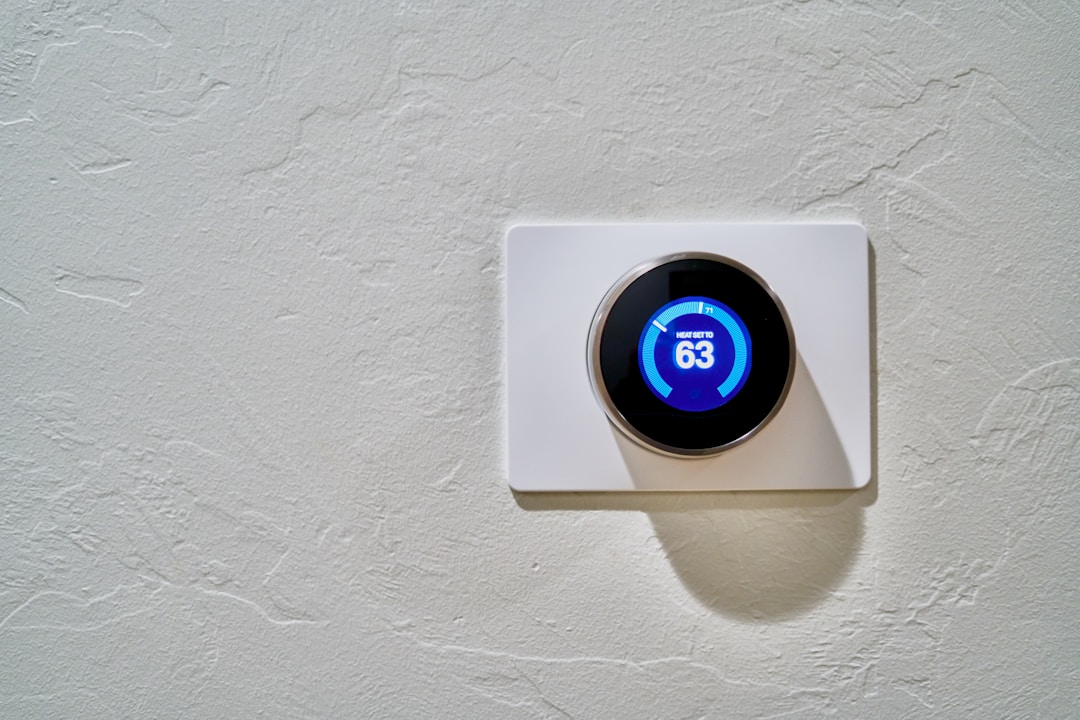
It’s important to choose a good location for your thermostat because it will directly impact your HVAC unit and energy bill. Thermostat placement should focus on installing this unit, as the wrong location could lead to a false reading on temperatures and warp sensors that trigger a heating system on and off. Avoid putting the thermostat anywhere that may be struck by direct sunlight. This will lead to temperature readings far higher than they actually are. This could unnecessarily turn on the air conditioner at a time where you don’t need it.
You should also avoid placing the thermostat right underneath a vent, as your heater and/or air conditioner will skew your ideal home temperature. This unit should also not be kept right by a door or window, as any ventilation can also end up skewing the actual home temperature. The best place to put a thermostat is either on an interior wall in a hallway or near the center of your home. This is the closest to an accurate reading that a sensor will be able to acquire.
Consider all of your options.
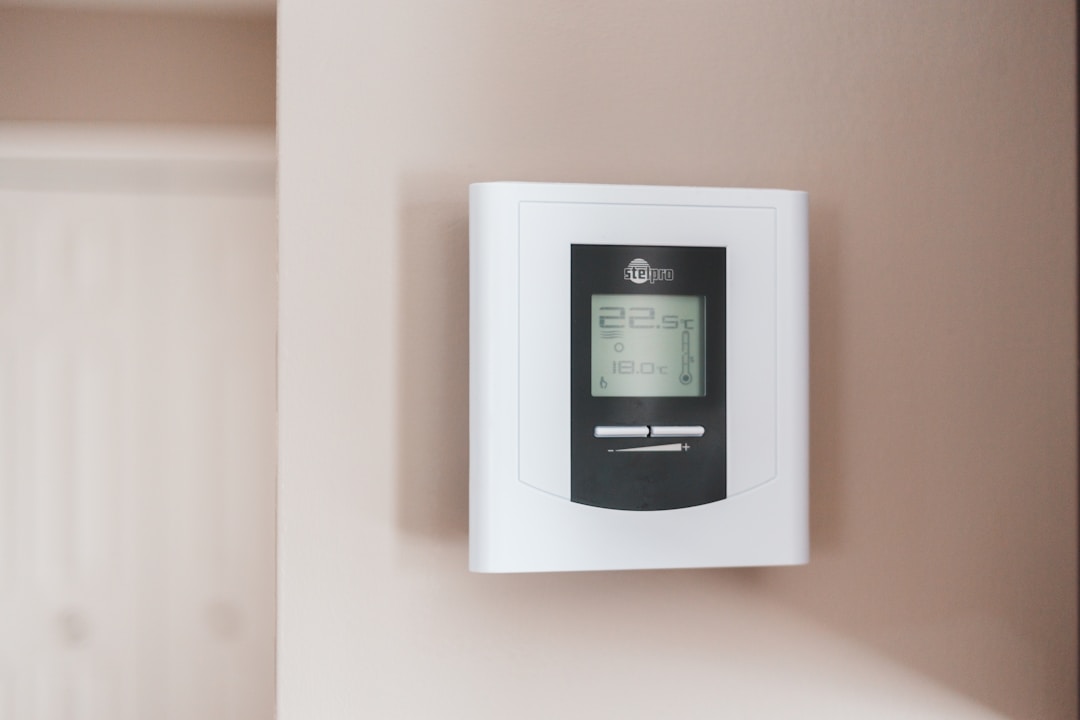
A manual thermostat is truly all you need, but some homeowners may look into other options that come with a litany of features that can also translate into energy savings. Programmable thermostats are a great option for an HVAC system, as this allows you to create a temperature setting to trigger the air conditioning or heater. These thermostats also can be set to turn on at a specific time, meaning you won’t have to run your unit all day just to ensure your house is warm or cool when you get home from work. This translates into incredible energy efficiency and will save you in the long run on your utility bills.
Newer smart thermostats allow you to get the temperature of your home just how you like it from afar. With apps designed to control thermostat settings, you can turn your air conditioner on while you’re sitting in the office. This prevents excessive energy use and translates to significant savings. This is especially useful during the summer and winter when you rely on your HVAC system far more frequently.
Consider Your HVAC System
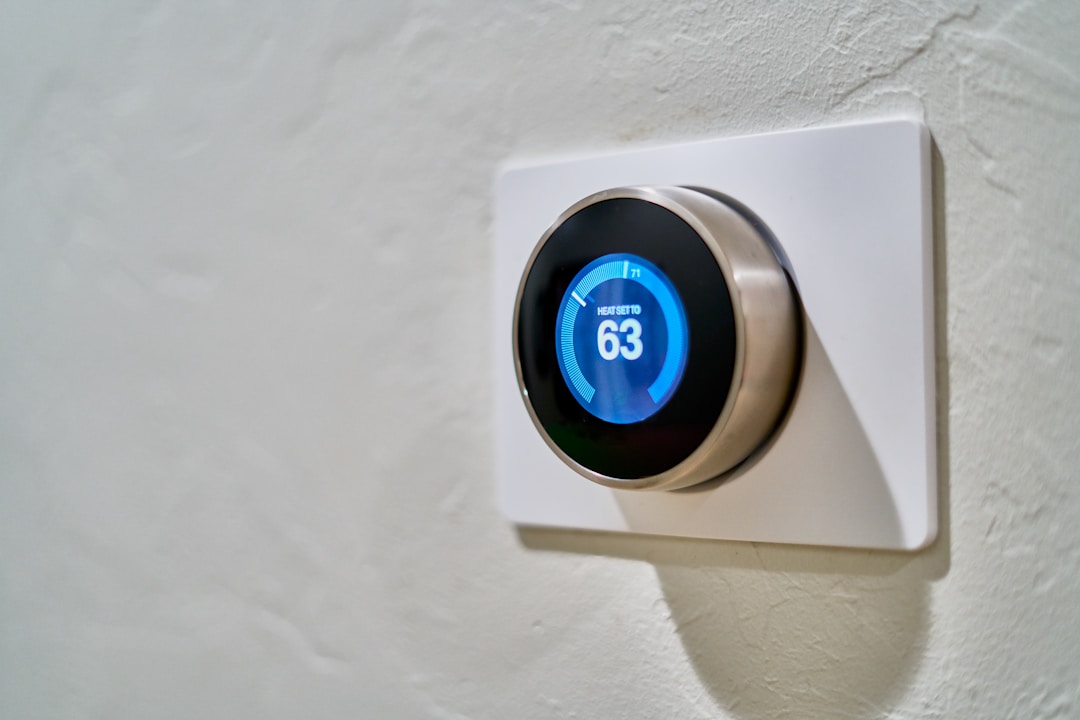
Manual thermostats are equipped to handle just about any HVAC system. However, if you are opting for smart thermostats, you will need to make sure your HVAC equipment can sync up. For example, some brands of smart thermostats don’t support two-stage heat pump systems. This means you would need separate thermostats for your heating and cooling systems and possibly for each zone of heating and cooling.
Before installing a new thermostat, no matter what type, open your existing one to see what kind of wiring you are dealing with. Most programmable thermostats will work with as few as two low-voltage wires. Newer thermostats may require will often require a common wire or C-wire. This provides continuous power for features like displays and WiFi for smart thermostats. If you have any doubts about the wiring, type, or even just the location of your thermostat, don’t hesitate to contact an HVAC technician.



